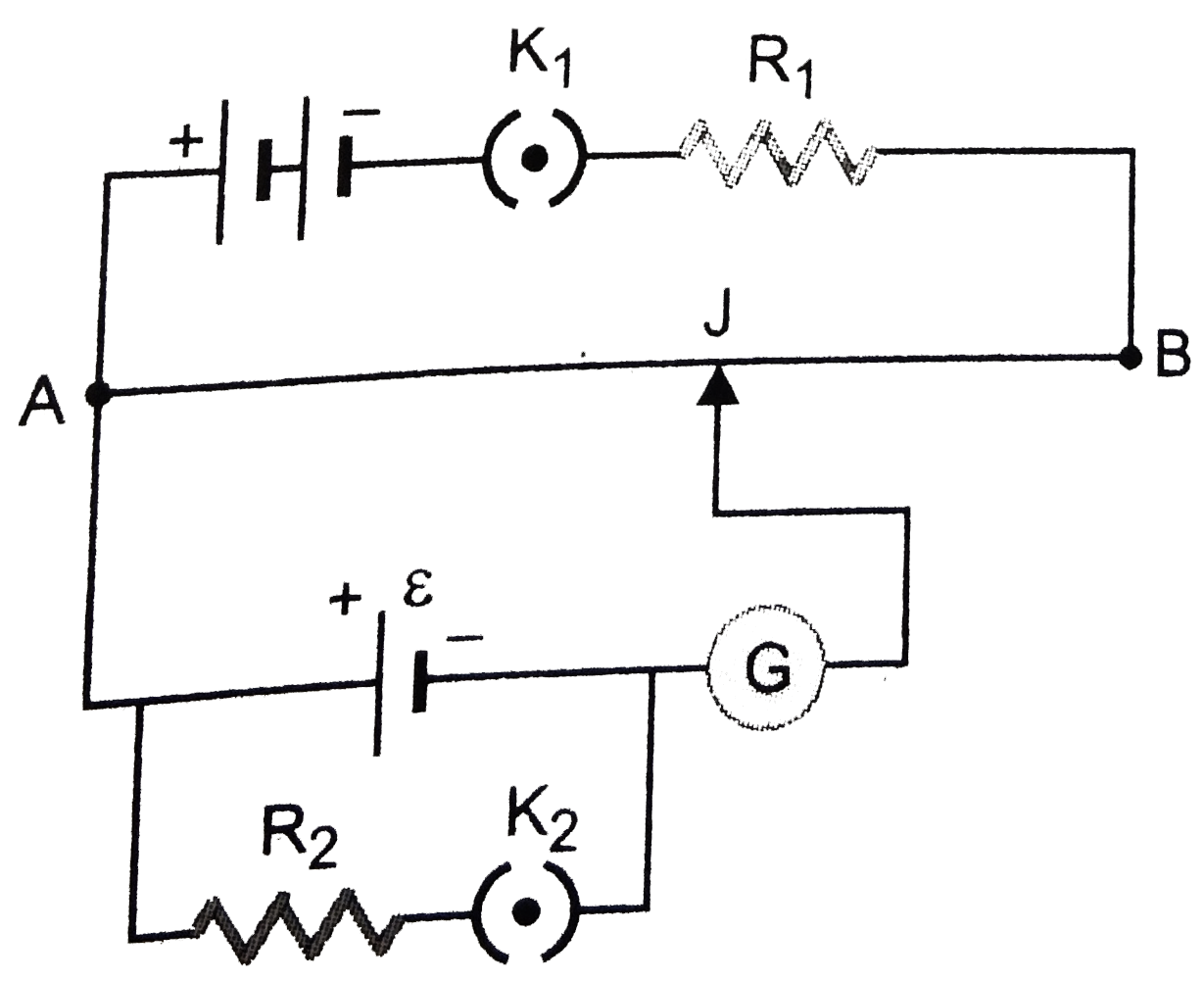The following haloalkanes are hydrolysed in presence of aq KOH.
(i) 1- Chlorobutane (ii) 2-chloro-2-methylpropane
Which of the above is most likely to give (a)an inverted product (b) a racemic mixture: Justify your answer.
To solve the problem, we need to analyze the hydrolysis of the two haloalkanes given: 1-chlorobutane and 2-chloro-2-methylpropane, in the presence of aqueous KOH.
1. Identify the type of reaction:
- The hydrolysis of haloalkanes in the presence of a nucleophile (OH⁻ from KOH) is a nucleophilic substitution reaction. This can occur via two mechanisms: SN1 and SN2.
2. Determine the structure of the compounds:
- 1-Chlorobutane: This is a primary haloalkane (CH₃-CH₂-CH₂-CH₂-Cl).
- 2-Chloro-2-methylpropane: This is a tertiary haloalkane ((CH₃)₃C-Cl).
3. Analyze the mechanism for each compound:
- 1-Chlorobutane:
- Being a primary haloalkane, it will undergo an SN2 mechanism. In SN2 reactions, the nucleophile attacks the carbon from the opposite side of the leaving group (Cl), leading to an inversion of configuration at that carbon.
- 2-Chloro-2-methylpropane:
- Being a tertiary haloalkane, it will undergo an SN1 mechanism. In SN1 reactions, the leaving group departs first, forming a carbocation intermediate. The nucleophile can then attack this carbocation from either side, leading to a racemic mixture of products.
4. Conclusion:
- (a) Inverted product: 1-Chlorobutane (due to SN2 mechanism).
- (b) Racemic mixture: 2-Chloro-2-methylpropane (due to SN1 mechanism).
Final Answer:
(a) 1-Chlorobutane gives an inverted product.
(b) 2-Chloro-2-methylpropane gives a racemic mixture.
- The hydrolysis of haloalkanes in the presence of a nucleophile (OH⁻ from KOH) is a nucleophilic substitution reaction. This can occur via two mechanisms: SN1 and SN2.
- 1-Chlorobutane: This is a primary haloalkane (CH₃-CH₂-CH₂-CH₂-Cl).
- 2-Chloro-2-methylpropane: This is a tertiary haloalkane ((CH₃)₃C-Cl).
- 1-Chlorobutane:
- Being a primary haloalkane, it will undergo an SN2 mechanism. In SN2 reactions, the nucleophile attacks the carbon from the opposite side of the leaving group (Cl), leading to an inversion of configuration at that carbon.
- 2-Chloro-2-methylpropane:
- Being a tertiary haloalkane, it will undergo an SN1 mechanism. In SN1 reactions, the leaving group departs first, forming a carbocation intermediate. The nucleophile can then attack this carbocation from either side, leading to a racemic mixture of products.
- (a) Inverted product: 1-Chlorobutane (due to SN2 mechanism).
- (b) Racemic mixture: 2-Chloro-2-methylpropane (due to SN1 mechanism).
(a) 1-Chlorobutane gives an inverted product.
(b) 2-Chloro-2-methylpropane gives a racemic mixture.
Topper's Solved these Questions
- SAMPLE QUESTION PAPER (CHEMISTRY )Book:CBSE MODEL PAPERChapter:SAMPLE QUESTION PAPER (CHEMISTRY )Exercise:SECTION C
Explore 11 Videos
- SAMPLE QUESTION PAPER (CHEMISTRY )Book:CBSE MODEL PAPERChapter:SAMPLE QUESTION PAPER (CHEMISTRY )Exercise:SECTION D
Explore 1 Video
- SAMPLE QUESTION PAPER (CHEMISTRY )Book:CBSE MODEL PAPERChapter:SAMPLE QUESTION PAPER (CHEMISTRY )Exercise:SECTION A (OBJECTIVE TYPE) ASSERTION REASON
Explore 11 Videos
- SAMPLE PAPER 2023 TERM IBook:CBSE MODEL PAPERChapter:SAMPLE PAPER 2023 TERM IExercise:SECTION E
Explore 7 Videos
Similar Questions
Which of the following haloalkanes reacts with aqueous KOH most easily ? Explain giving reason.
(i). 1-Bromobutane
(ii) 2-Bromobutane
(iii) 2-Bromo-2-methylpropane
(iv). 2-Chlorobutane.
View SolutionWhich of the following haloalkanes reacts with aqueous KOH most easily ? Explain giving reason.
(i). 1-Bromobutane
(ii) 2-Bromobutane
(iii) 2-Bromo-2-methylpropane
(iv). 2-Chlorobutane.
View Solution
Knowledge Check
(E)−2−chloro-2-butene when treated with alcoholic KOH gives which of the following as major product
A2-butyneB1-butyneC1,2-butadieneD1,3-butadieneWhich of the following compounds will give a mixture of 1 - chlorobutane & 2 - chlorobutane on free radical chlorination ?
A(CH3)2CH−CH=CH2BCH3−CH2−CH2−CH3CCH2=CH−CH=CH2DNone of the aboveWhich of the following compounds give 14CHI3 as a product when treated with I2 in presence of NaOH ?
A B
B C
C Dall of these
Dall of these
Which of the following has lowest boiling point.Give justification for your answer.
(i) 2 -Methyl pentane (ii) 2 3 - Dimethyl butane (iii) 2 2- Dimethyl butane
View Solution(a) Why are haloarenes less reactive than haloalkanes? Explain.
(b) Predict the alkenes that would be formed by dehydrohalogenation of the following halides with sodium ethoxide in ethanol and predict the major alkene:
(i) 2-Chloro-2-methylbutane
(ii) 3-bromo-2, 2, 3-trimethylpentane
(c) How is chlorobenzene prepared from benzenediazonium chloride?
View Solution(a) Why are haloarenes less reactive than haloalkanes? Explain.
(b) Predict the alkenes that would be formed by dehydrohalogenation of the following halides with sodium ethoxide in ethanol and predict the major alkene:
(i) 2-Chloro-2-methylbutane
(ii) 3-bromo-2, 2, 3-trimethylpentane
(c) How is chlorobenzene prepared from benzenediazonium chloride?
View SolutionDraw the bond line structures of the following compound whose IUPAC names are given as under :
(a) 2-Bromobutane
(b) 1-Chloro -3- Methylbutane
(C) 2-Bromo-2-methylpropane ,
(d) 4-Chloro-4- methylpent -2- ene
(e) 3-Iodo-3-methylpentane
(f)2,3-Dibromobutane
(g) 3-Iodopropene
(h) Bromoethene
(i) 1,4- Dibromobut -2-ene
(j) 4-tert-Butyl-3-iodoheptane
(k) 2-Chloro-3- metylpentane
View SolutionFor the circuit would the balancing length increase, decrease or remain the same if (i) R1 is decreased (ii) R2 is increased, without any change (in each case) in the rest of the circuit ? Justify your answer in each case.

View Solution

